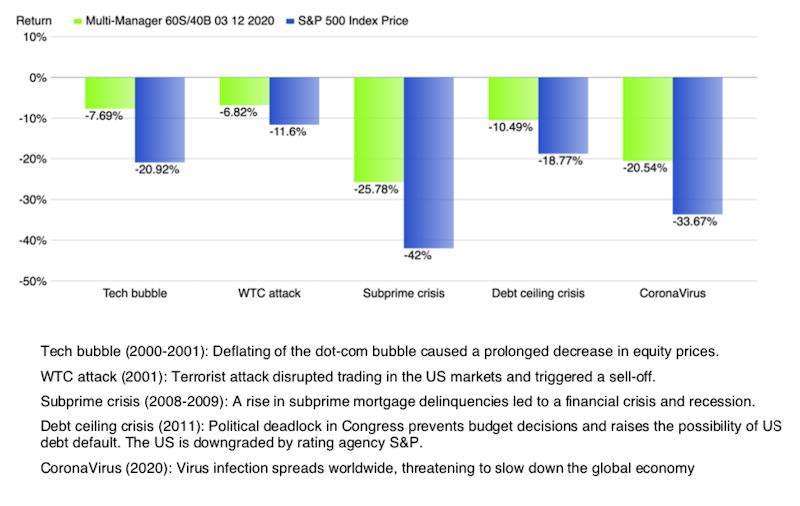Over the past few months I've had several clients ask me why financial markets appear to be decoupled from the economy. Both have been negatively impacted by the COVID-19 pandemic, but financial markets have rebounded while the economy continues to struggle. I've given a lot of thought to this issue and I've come to the conclusion that there are multiple reasons for the divergence.
Rereading a Favorite Book Pays Off
While rereading one of my all-time favorite books, The Girl with the Dragon Tattoo by the late Stieg Larsson, I found a passage that got me thinking again about the question of why financial markets have diverged from economic reality. In the epilogue, one of the main characters, Mikael Blomkvist, is being interviewed by a journalist on a television talk show:
"The idea that Sweden's economy is headed for a crash is nonsense. . . .You have to distinguish between two things--the Swedish economy and the Swedish stock market. The Swedish economy is the sum of all the goods and services that are produced in this country every day. There are telephones from Ericsson, cars from Volvo, chickens from Scan, and shipments from Kiruna to Skovde*. That's the Swedish economy, and it's just as strong or weak today as it was a week ago. . . .The Stock Exchange is something very different. There is no economy and no production of goods and services. There are only fantasies in which people from one hour to the next decide that this or that company is worth so many billions, more or less. It doesn't have a thing to do with reality or with the Swedish economy."
*Kiruna is the northernmost town in Sweden, while Skovde is near the south.
At Least Seven Reasons I Can Think Of
I believe it's possible to answer the original question if we follow the character's advice and "distinguish between two things" - the economy of the U.S., not Sweden, and financial markets. I'm going to focus on the financial markets rather than the economy because, let's be honest, the economy of the U.S. isn't going to improve until either (1) everyone begins following mask and social distancing guidelines, which will lead to marginal, but probably significant improvement in the overall economy or (2) there's a vaccine, when things can begin to return to normal, or whatever the new normal is at that time. Unfortunately, if you spend any time at all reading, watching, or listening to the news or social media, it is obvious that option #1 isn't likely to happen anytime soon.
With that out of the way, here are the seven reasons why I believe the financial markets aren't in sync with the economy:
Due to historically low interest rates, investors are searching for higher rates of return. High-yield savings accounts, Certificates of Deposit, and bonds aren't going to cut it. Despite the many risks, the only place with the potential to earn a higher rate of return is the stock market.
Corporate earnings have exceeded analyst expectations (for some companies). This is especially true when it comes to large tech companies, such as Alphabet, Amazon, Apple, Facebook, and Netflix, because consumers have increasingly used the services these companies provide.
Markets are forward-looking. Investors have processed the bad news and are now readying for the recovery. This is especially true for wealthy households, which are less likely to feel the pain of an economic downturn.
The actions of the Federal Reserve have bolstered investors' confidence that financial markets won't go completely off the rails. The Fed has moved aggressively to ensure businesses have access to the cash necessary to keep things running.
Government stimulus in the form of direct payments to individuals and households, unemployment benefits, and the Paycheck Protection Program (PPP) have calmed investors. It appears there will be another round of stimulus measures - if all of our elected officials can stop acting like children and actually work together.
Investment apps, such as Robinhood, which make it easy to invest, and commission-free trades have lowered the barriers to entry for many investors. While I believe the net effects of these things are positive, they have probably led to more speculation in financial markets.
Sports and casinos haven’t been an option during the pandemic, which has forced those who gamble to look for other outlets, specifically the stock market. There's been a sharp increase in streamers broadcasting their day-trading routines. I encourage you to ignore these people, just as I encourage you to ignore other forms of financial entertainment, such as pretty much everything on CNBC.
A Few Reminders
Wear a mask.
Wash your hands.
Get some exercise.
Limit your social media intake.

















